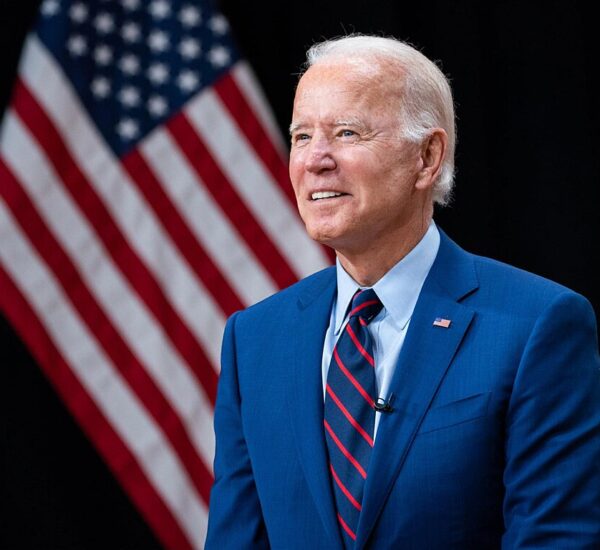Democrats Losing Black, Hispanic Voters
Democrats in New Jersey are sounding the alarm. Once-loyal Black and Hispanic voters — long considered the backbone of the party — are now walking away from Rep. Mikie Sherrill (D), who’s struggling to connect in her bid to replace outgoing Gov. Phil Murphy.
Party insiders admit they’re worried. After years of broken promises, high taxes, and soaring costs of living, many minority voters are saying “enough.” They’ve heard the same speeches from Democrats before — and this time, they’re not buying it.
“Where Do Black Voters Fit In?”
Dr. John Harmon, President of the African American Chamber of Commerce of New Jersey, didn’t mince words.
“Our next governor should represent everyone — but where do Black people land in the conversation? We should be at the top of the food chain, especially from the Democratic Party.”
His frustration reflects a growing feeling that Democrats take minority voters for granted — offering empty slogans instead of real results.
Cracks in the Blue Wall
The numbers tell the story. A Decision Desk HQ poll shows Sherrill barely ahead of Republican Jack Ciattarelli — 49% to 44%. Just a few years ago, Democrats carried the state by double digits. Not anymore.
In 2021, Murphy barely held off Ciattarelli by 3 points. Now, Trump’s America-First message and GOP outreach are cutting deep into Democratic territory. Even Democrat strategists admit voter apathy is real.
“Black and brown voters aren’t showing the same energy,” one strategist told The Hill. “That’s a big concern this cycle.”
Sherrill’s Affordability Pitch Falls Flat
Pressed on her struggling campaign, Sherrill claimed affordability is the top issue among all voters — but critics say her answers sound like recycled talking points. She focused on state housing programs and homeownership rates but offered little in the way of new ideas.
Meanwhile, everyday New Jerseyans are being crushed by record utility bills, high property taxes, and grocery prices — all under Democrat leadership.
“Trump Did What He Said He’d Do”
Even some Black leaders are looking back at President Trump’s record of action. Dr. Harmon said it plainly:
“Whether you love him or hate him, Trump did what he said he was going to do. That’s what New Jersey needs.”
He challenged Sherrill to lay out clear plans for supporting minority-owned businesses and fixing state contracts that overwhelmingly favor white-male-owned firms. A recent Disparity Study confirmed what many already knew — minority business owners are still being left behind.
GOP Gains New Ground
Jack Ciattarelli’s campaign isn’t wasting time. Republicans are actively courting Black and Hispanic voters, emphasizing faith, family, jobs, and better schools — the issues that matter most to working families.
Campaign strategist Chris Russell said Democrats’ attacks are “desperate.”
“We’re in these communities every day. People are open to hearing Jack’s message — and they’re tired of being ignored.”
Even former Democratic figures like John Wayman Henry III, once a key ally of Newark’s Mayor Ras Baraka, have endorsed Ciattarelli.
“He offers real solutions for Black businesses, healthcare, and education,” Henry said. “We can’t keep showing up to dances where we’re never allowed to lead.”
Big Names, But Fading Energy
Sherrill still has the backing of Barack Obama, Cory Booker, and Ras Baraka. But in 2025, big names don’t guarantee big turnout. Voters want results, not more empty promises.
Michael Bland, head of Black Men Vote and a Sherrill supporter, even admitted that Democrats often ignore Black men until it’s too late. “She’s trying to learn how to talk to these voters now,” he said — a telling sign of how disconnected the party has become.
The Bottom Line
After years of neglect, rising inflation, and failed Democrat policies, Black and Hispanic voters are finally asking tough questions — and Republicans are ready with answers.
As one voter put it: “President Trump said what he meant, and he meant what he said.”
New Jersey may be the next state to prove that America’s political map is changing — one frustrated voter at a time.







https://shorturl.fm/TQny7
The only thing Newsom can do that Trump won’t is get on his knees and bj.